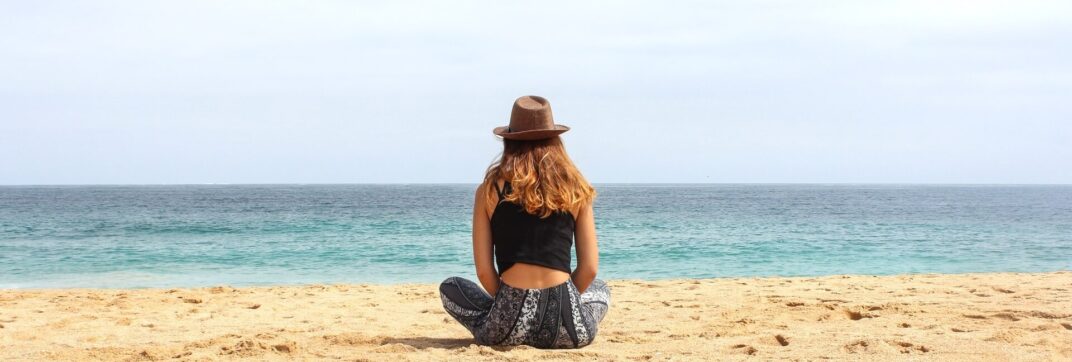HISTORY AND TIMELINE OF SANIBEL:
1500-1720’S – Native Americans live on the barrier islands (Calusa, then Spanish Indians, then Seminoles).
1513 – The Spanish first encounter the Calusa.
1521 – Spanish explorer Ponce de Leon is wounded by a poisoned arrow in a skirmish with Calusa warriors, possibly in Southwest Florida. He dies a short time later in Havana.
1756-1783 – England controls Florida.
1783-1821 – Spain controls Florida.
1821 – Florida becomes a U.S. territory. Richard Hackley gains the title to parts of SW Florida from the Duke of Aragon, later disputed by the U.S. government. Hackley sells his title to a New York group of investors in 1830. In 1905, title is later declared invalid by the courts.
1833 – The New York group enlists 60 settlers to farm Sanybel. The settlers leave two years later because of the second Seminole War.
1835-1848 – Forts are built along the Caloosahatchee (River). Unknown Spanish and Seminoles plant agave (hemp), wild pineapple (cord/rope), and other Mexican exotics on Sanibel.
1845 – Florida becomes the 27th state.
1849 – Robert E. Lee surveys the SW Florida coastline and recommends that a fort be established at Cayo Costa. An area encompassing SW Florida becomes Monroe County.
1850-1860 – Cuban fisheries are established on Sanibel.
1860-1868 – Cattlemen on the mainland control the area.
1868 – William S. Allen plants and harvests Castor Bean plants on Sanibel.
1873 – A great hurricane recorded by homesteaders on Pine Island devastates Sanibel and Captiva.
1884 – The Sanibel Lighthouse is built for the cattlemen on the mainland.
1886 – Fort Myers becomes a city of a few hundred people. Inventor Thomas Edison builds his winter home in Fort Myers.
1887 – Lee County is carved out of Monroe County. Fort Myers is the new county seat.
1888-1926 – Homesteaders arrive on Sanibel. 5,000 acres of Sanibel are available for farming. Thirty-one families establish their homesteads of 160 acres each. Approximately 250 people are working and living on the islands, although there is no formal “village.” Homes are spread out.
1921 – One of the biggest hurricanes of all time wipes out half of Captiva’s land mass, putting an end to farming on that island. The hurricane separates Captiva into two islands. No substantial damage is reported on Sanibel.
1921 – The Tamiami Trail stalls at Naples. The Everglades is drained in SW Florida and the railroad is extended to Naples. Agriculture on the mainland takes off and depletes the population on the barrier islands. Collier, Hendry, Glades, and Charlotte Counties are formed out of Lee County.
1923 – Clarence Chadwick buys most of the remaining land on Captiva and plants coconuts and key limes.
1926 Another hurricane strikes the islands, ending the Florida land boom and destroying farming on Sanibel. Most of the residents leave to farm on the mainland. Only 80 people remain on Sanibel.
1927-1960 – Sanibel becomes a winter tourist stop for shelling and fishing. The population during these years is about 100 people.
1958-1963 – Air-conditioning and mosquito control open the barrier islands to development.
1960-1974 – Developers buy up the old homesteads and Lee County plans to buy the Nature Preserve from the state of Florida and put in a super-causeway from Charlotte Harbor, exiting on Sanibel which will have high-rises for 93,000 people. Conservations groups, led by the J.N. “Ding” Darling National Wildlife Refuge, convince the federal government to buy the nature preserve. The Sanibel-Captiva Conservation Foundation forms and 60% of the island is protected from development. In 1963, a causeway is built to develop the east end of the island, but the island’s fresh water supply is compromised because of the dredging of canals and lakes across Sanibel. The Island Water Association forms in 1967 to pipe water from a deeper aquifer, and developers start a resort area along the Gulf shore. Alarmed, conservation and citizen groups form to incorporate the island as a city in order to restrict development. Their effort succeeds and the Sanibel Land Plan is put in place to restrict density and the height of buildings.
1974-Present – Tourists are now attracted to a barrier island that has preserved its wildlife and native habitat, as well as its beaches and shells. The city of Sanibel has purchased another 10% of island property and now the island consists of about 65% “forever wild” lands and 30% residential, business, and resort property.




